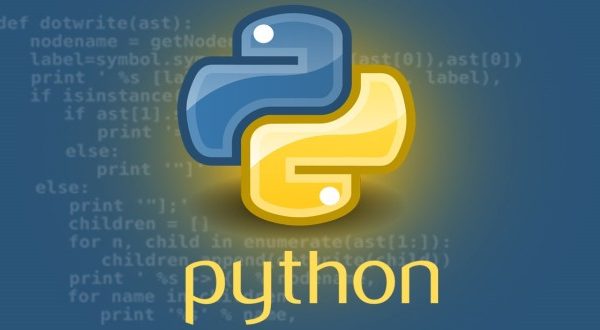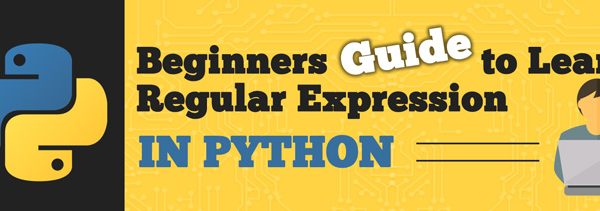Python: Check if File or Directory is Empty
Introduction Python has a set of built-in library objects and functions to help us with this task. In this tutorial, we’ll learn how to check if a file or directory is empty in Python. Distinguish Between a File and a Directory When we’d like to check if a path is empty or not, we’ll want to know if it’s a file or directory since this affects the approach we’ll want to use. Let’s say we have two placeholder variables dirpath […]
Read more
